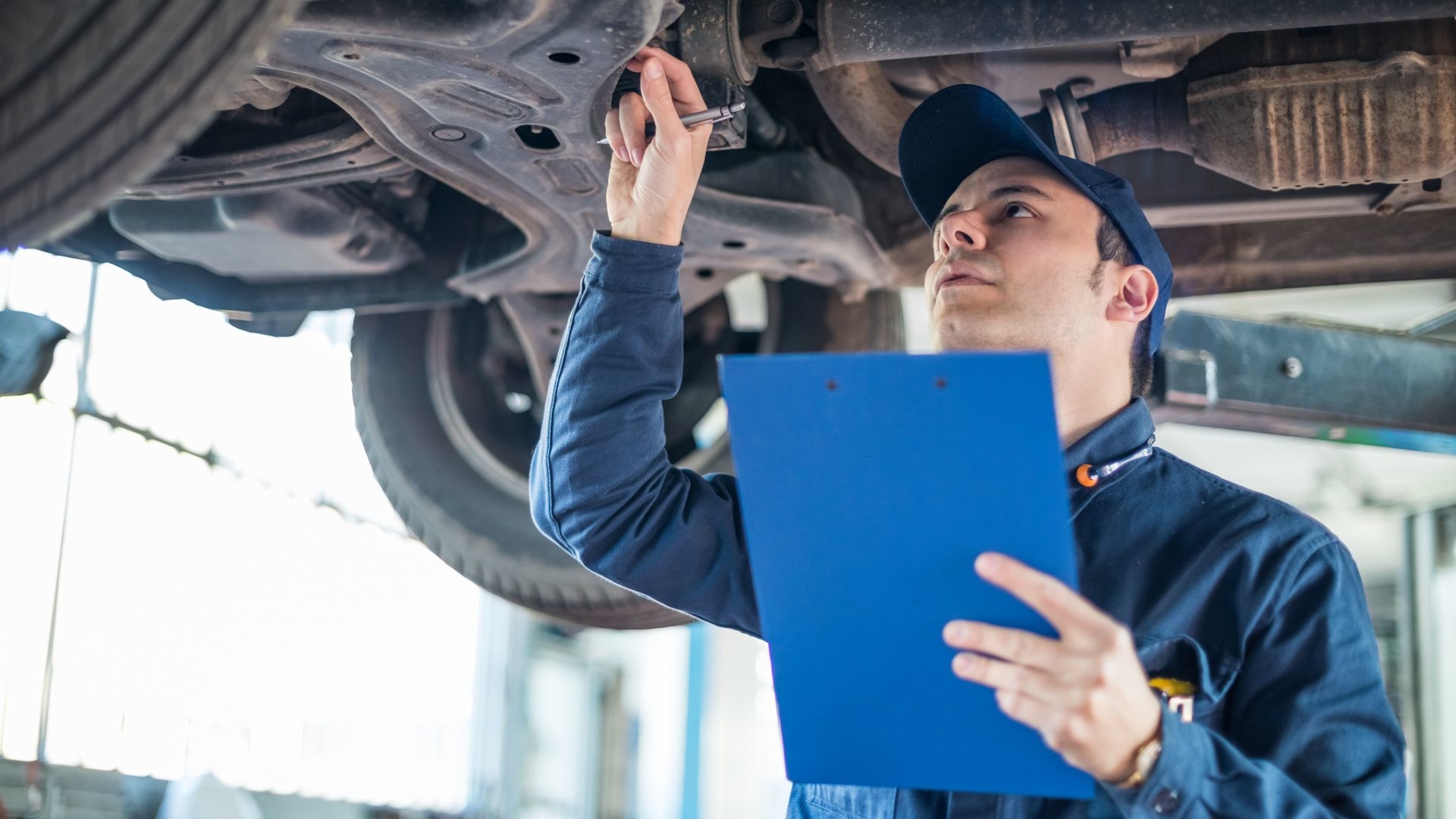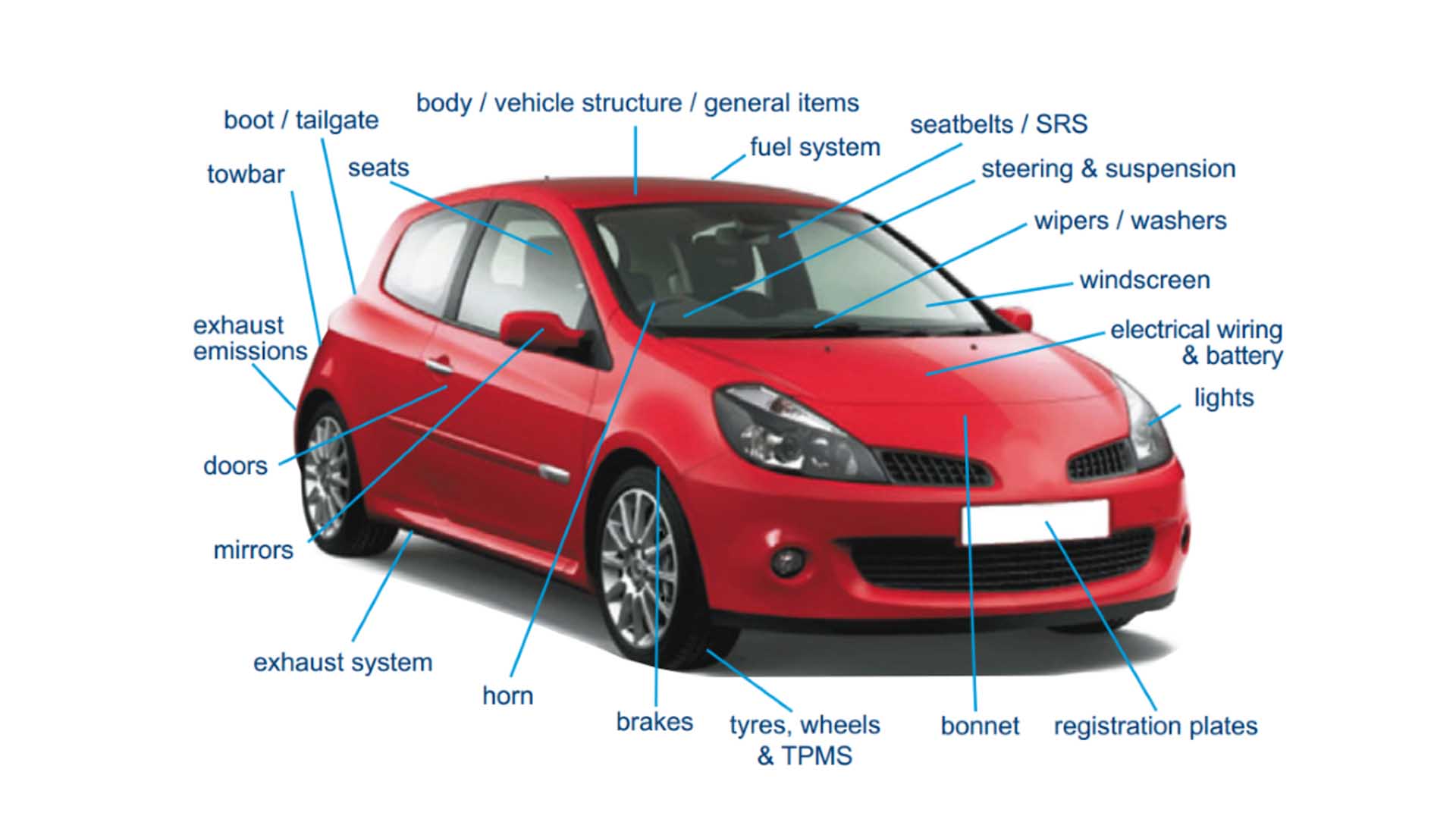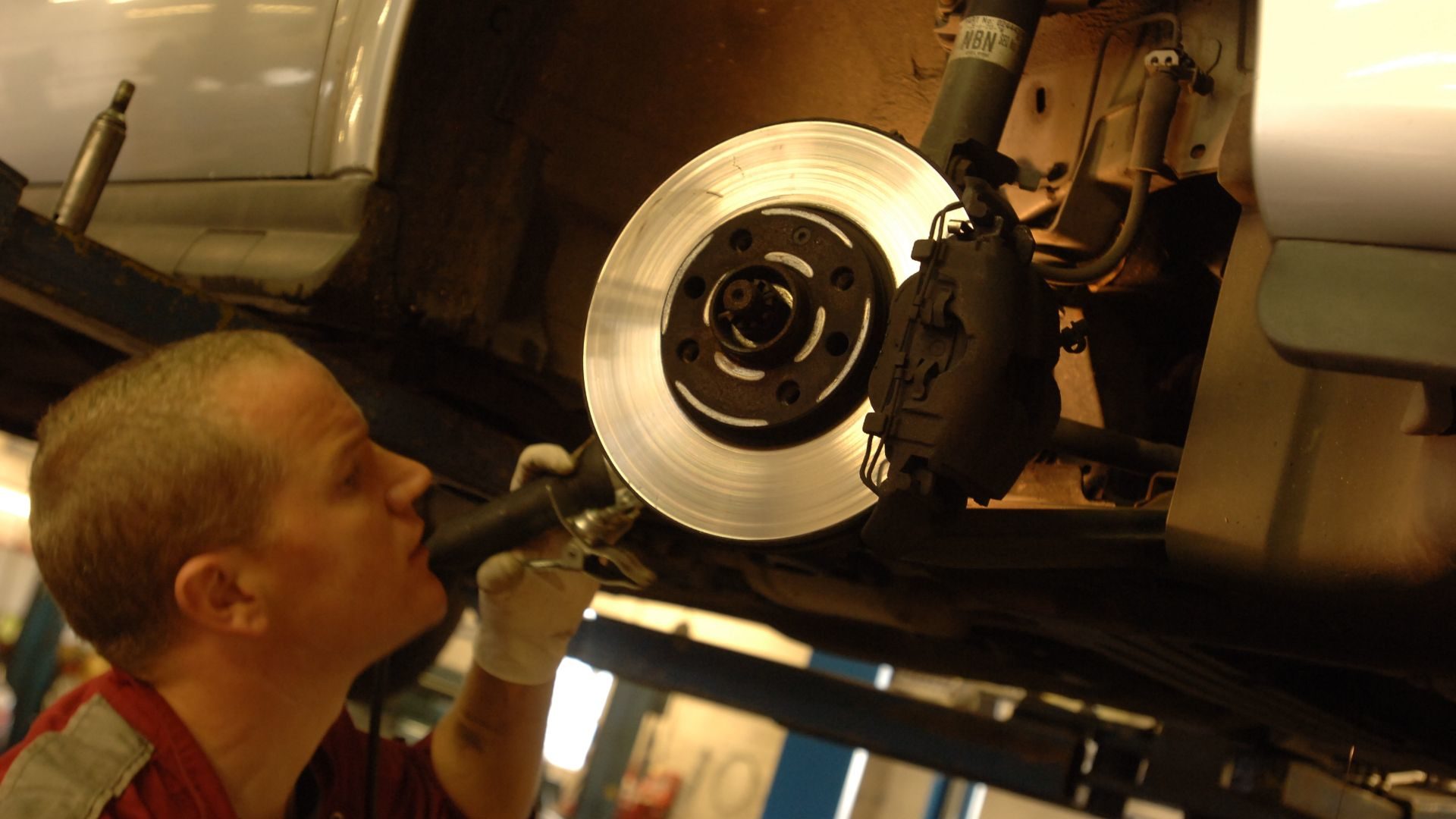
The MOT is a legal requirement for all cars over three years old – and around 40 percent of cars fail the test at the first attempt.
Data shows that ahalf of all faults could be avoided by carrying out some simple checks before the MOT test. For example, 30 percent of faults found during MOT tests relate to lights and indicators.
It pays to give your car a once-over before you send it to be tested. Although you won’t be able to fix everything at home, you’ll give it the best chance of passing first time.
Remember, the MOT test doesn’t cover the condition of the engine, clutch and gearbox. It’s also not a replacement for having your car serviced. Instead, it’s a series of checks to ensure that your car meets the current legal standards.
Car parts checked in the MOT

This image provided by the Driver & Vehicle Standards Agency (DVSA) is a good place to start. It provides a visual reminder of the things to consider in the weeks leading up to the MOT test.
Beyond that, you need to pay close attention to the following parts and features of your car:
Interior MOT checks
Seats
The driver’s seat must be adjustable, while all seats must be securely fitted with the seat backs in the upright position.
Seatbelts
Seatbelts must be in place, suitable for the vehicle, working properly and attached securely. The tester will also check the airbag, seatbelt pretensioner and seatbelt load-limiter warning lights.
Warning lights
The tester will check if any key warning lights are permanently illuminated. This includes for power steering, airbags, ABS, ESC/stability control, low tyre pressure and the engine ECU warning light. Our guide explains what every car dashboard warning light means.
Wipers and washers
The driver must have a clear view of the road: the condition of the wipers will be checked, and the operation of the wipers. Some cars have been known to fail for having an empty washer bottle…
Brakes
The brakes must pass an efficiency test, while the anti-locking braking system (ABS) and electronic stability control (ESC) must function (where fitted). The ABS, ESC, handbrake and brake fluid lights will also be checked.
Horn
The horn must work and be suitable for the vehicle.
Exterior MOT checks
Registration plates
The number plates must be in good condition, secured to the vehicle and be of the right colour, with characters correctly formed and spaced.
Lights
All lights must be working and in good condition. The headlights will also be checked for aim and the main beam warning light must be working.
Tyres and wheels
The tyres must be of the right size and type, have the minimum tread depth, and be in good condition. The tyre pressure monitoring system must be working on cars registered on or after 1 January 2012.
Windscreen
The windscreen will be checked for condition. The driver must have a clear view of the road.
Mirrors
Check the condition and security of the mirrors.
Doors
Check that the latches secure in the closed position, the front doors open from the inside and outside, and the rear doors open from the outside. Also check the condition of the hinges.
Bonnet
The bonnet must close securely.
Tow bars
The tow bar will be inspected for security, condition and any inappropriate repairs. Make sure the 13-pin electrical socket is working correctly.
Body and vehicle structure
Make sure the body and structure are free from excessive corrosion or damage. Any sharp edges are likely to result in a fail.

Other MOT checks
Fuel system
The fuel system will be inspected to check for leaks and that the pipes and hoses are secure. Also make sure the fuel cap fastens and secures – and don’t forget to supply a key (if necessary).
Exhaust emissions
Emissions-related test failures have increased hugely since an overhaul of the MOT test in 2018. Diesel vehicles are at greatest risk of failure.
Exhaust system
The exhaust system must be secure and complete, the catalyst must be in place, and there shouldn’t be any serious leaks.
Steering and suspension
These elements will be checked for their condition, the steering oil level, inappropriate repairs or modifications, corrosion to pipes and hoses, and the steering lock.
Vehicle identification number (VIN)
The VIN will be checked on vehicles first used on or after 1 April 1980. Some multi-stage build vehicles are exempt.
Click here for more MOT information from the official GOV.UK website, including how to book a test.
ALSO READ:
How to save money when buying a new car
[…] What is checked in a car MOT? Motoring Research “airbag when:1d” – Google News […]
The emissions figures on my MOT test came back as zero for all tested.
I have a normal 1.3 engined petrol car but I am unable to access Oxford’s proposed zero emission
zone because I am not electric.
Mental loony Green party logic